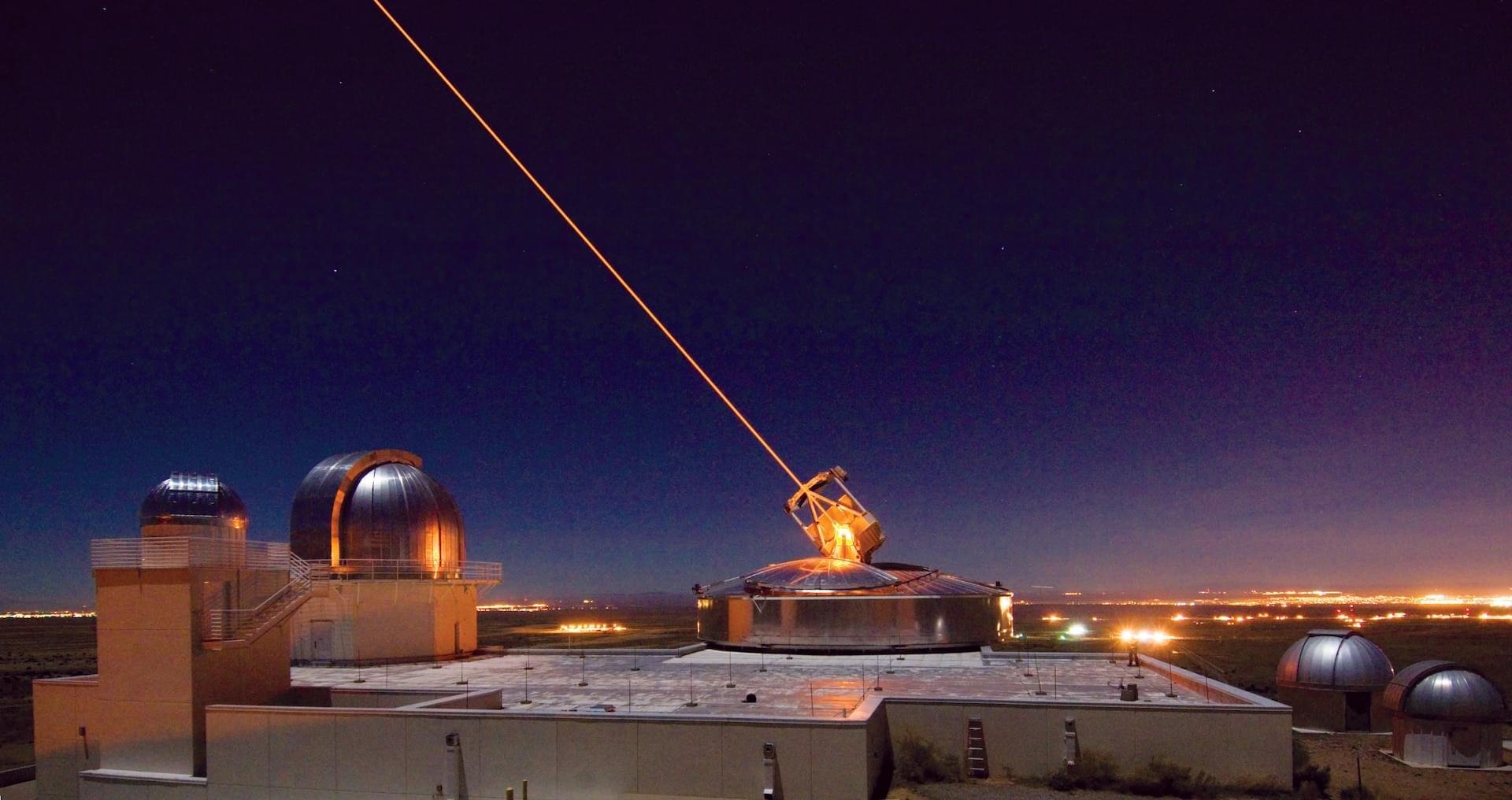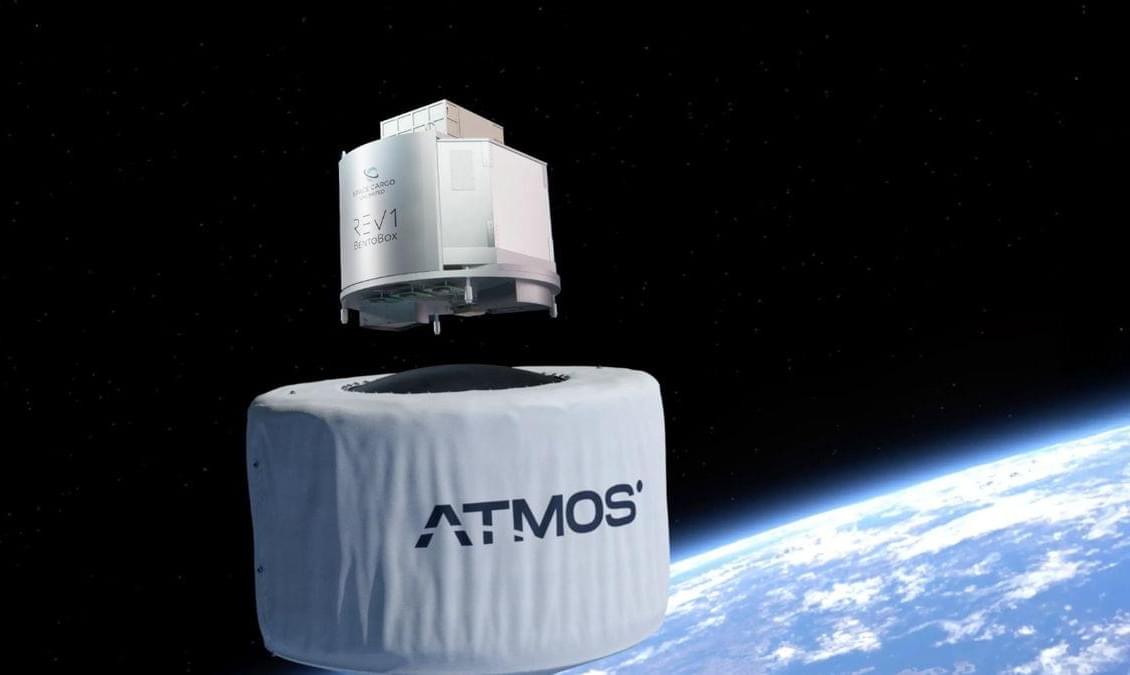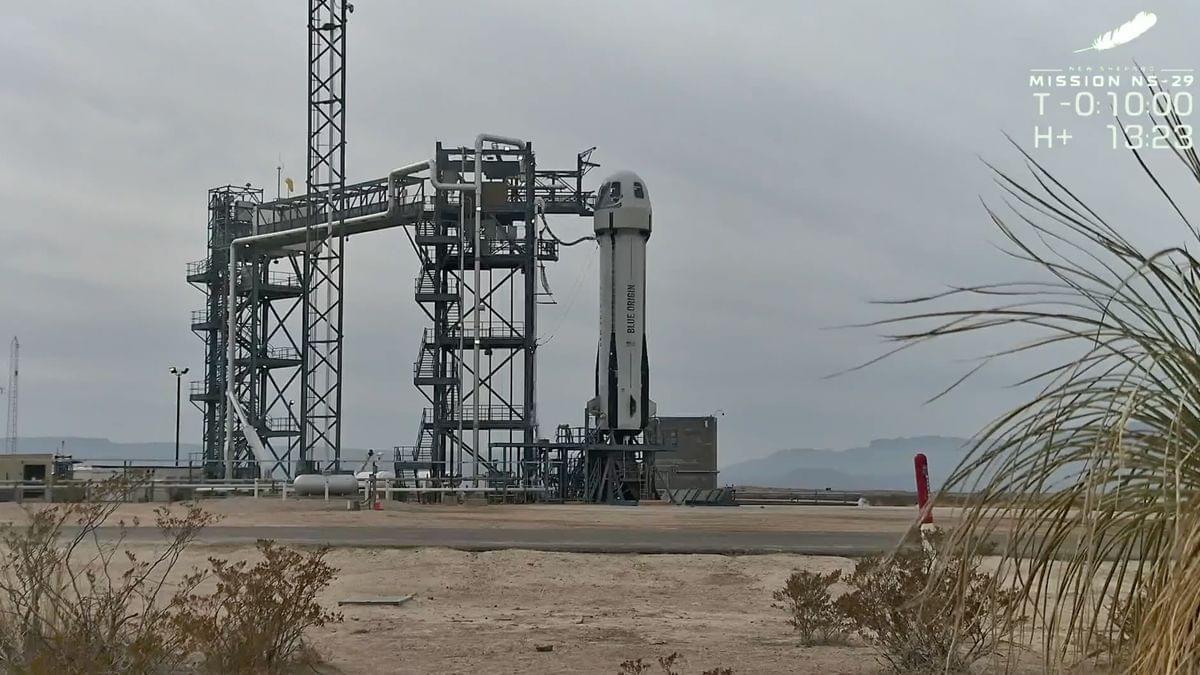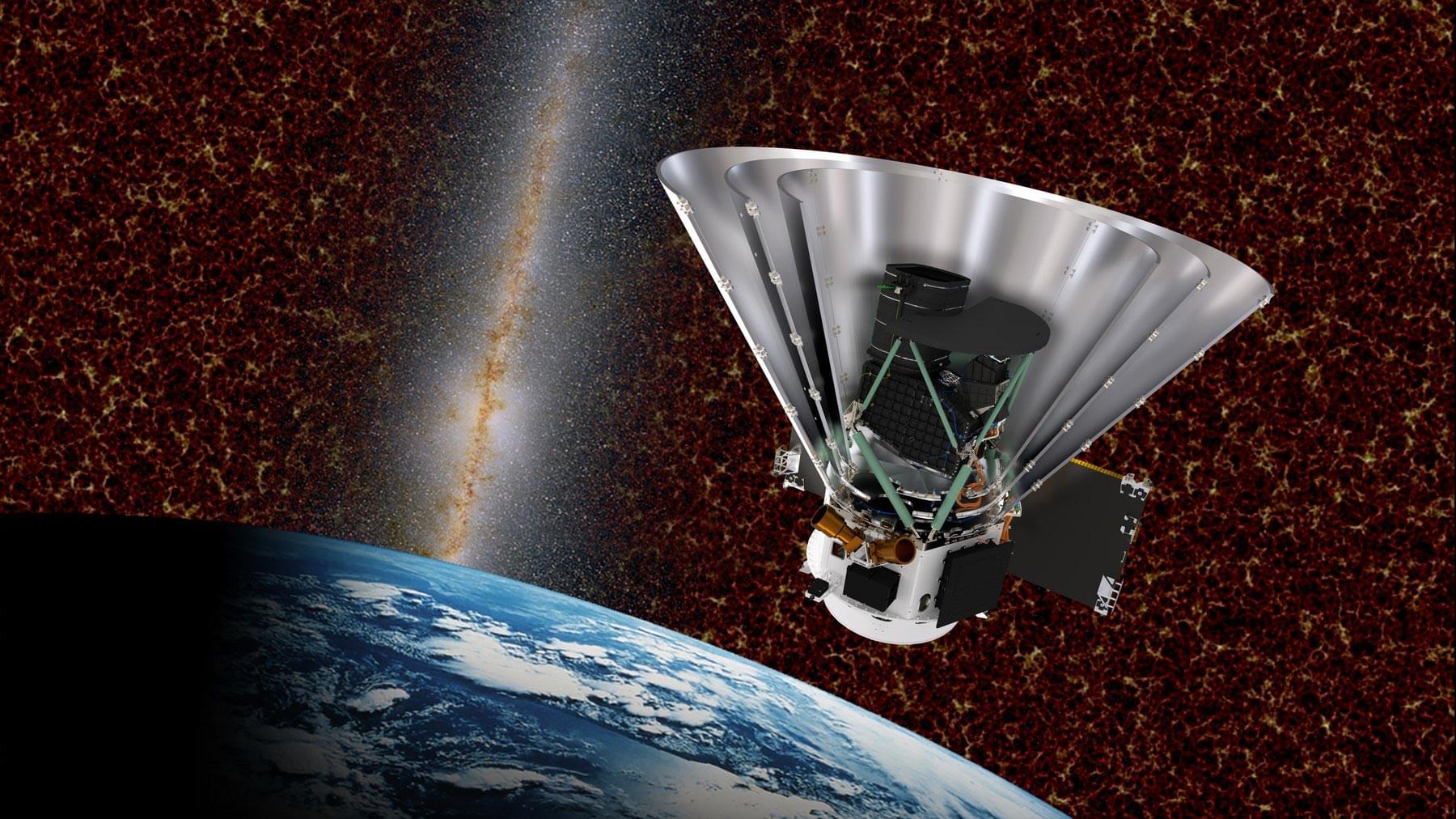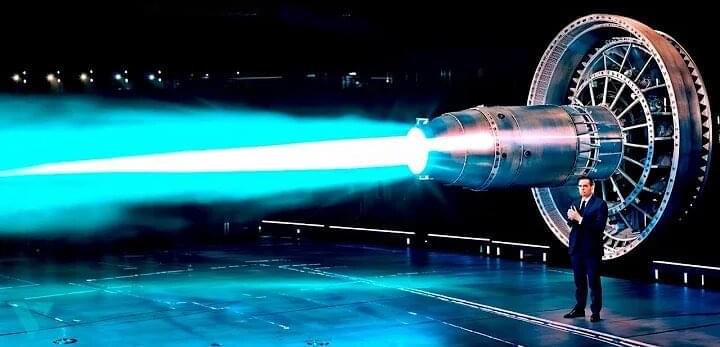In the 1951 science fiction film, “The Day the Earth Stood Still,” powerful ray guns are shown vaporizing rifles and even tanks. In the Star Wars movies, a wide variety of directed energy weapons are depicted, from handheld lightsabers to massive, spaceship-mounted laser cannons.
What exactly is a directed energy weapon? Are these weapons still science fiction, lab experiments, or are they real? How can they be used and how disruptive can they be? What are the challenges and next steps? This article will examine answers to these questions.
According to DOD’s Joint Publication 3–13 Electronic Warfare, directed energy (DE) is described as an:
